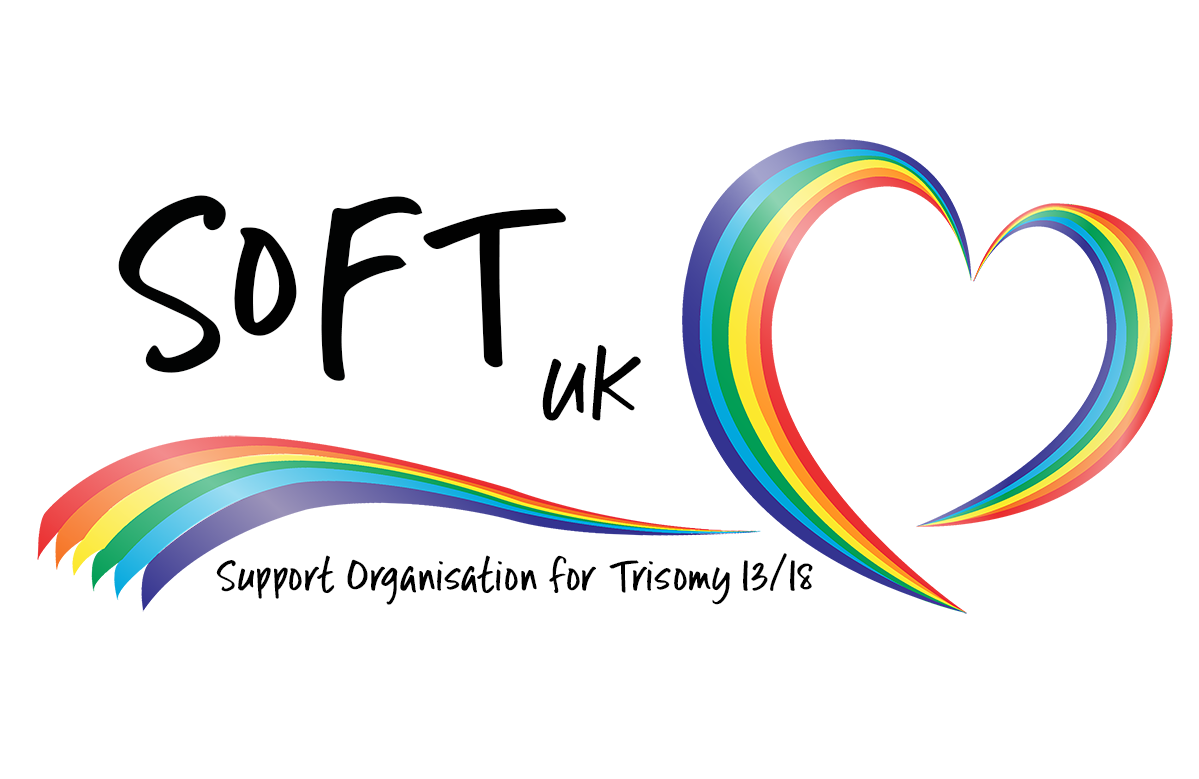Meyer, R.E. et al.2015. Survival of Children With Trisomy 13 and Trisomy 18: A Multi-State Population Based Study. American Journal of Medical Genetics. Part A 9999A:1–13.
In this paper Meyer and colleagues assessed population data for babies with Trisomy 13 or Trisomy 18 who were born alive between 1999 and 2007 across nine American states. This was an extensive study which included 1,806 babies, of whom 693 were T13 and 1,113 were T18. Their study measured survival of the babies and children at intervals up to five years of age. They also reported on factors potentially affecting this including infant gender and gestational age.
The report identifies a higher one year survival rate for both trisomies than has previously been found, with 11.5% of T13 babies and 13.4% of T18 babies living at least to their first birthday. One of the interesting aspects of the data is that the five year survival data is very little different to the one year data: 9.7% of T13 children and 12.3% of T18 children reached the milestone of their fifth birthday. Meyer and his colleagues highlight the cumulative probability of survival: that if a baby reached their first birthday their chances of living to at least 5 years of age were over 80%. This effect was seen throughout the data: for instance if a baby lived beyond the first 7 days their individual probability of survival to 28 days increased significantly. The researchers also investigated a number of factors and their impact on survival: gestational age, maternal ethnicity, place of residence, presence of congenital heart defects or omphalocele and infant gender. Their most significant finding in relation to these factors was that increased gestational age was linked with increased survival: babies delivered after 37 weeks had a greater probability of survival than those born before, with a marked decline in survival rates for babies born before 32 weeks.
The report concludes with the authors suggesting “Our findings support the emerging view that, despite their severity and high mortality, these conditions should no longer be routinely regarded as uniformly lethal malformations.”
Jaspersen, S. L., Bruns, D. A., Candee, M. S., Battaglia, A., Carey, J. C., & Fishler, K. P. (2023). Seizures in trisomy 18: Prevalence, description, and treatment. American Journal of Medical Genetics, Part A, 191(4), 1026-1037.
Changes in medical intervention over the last decade have improved outcomes for individuals with trisomy 18, the second most common human aneuploidy syndrome at birth. As children with trisomy 18 live longer, a shared concern of medical experts and parents is the occurrence and treatment of seizures. Previously published surveillance guidelines for this condition have not addressed seizure management. Using parent-reported data collected as part of the Tracking Rare Incidence Syndromes project, we report on the prevalence, course, and management of seizures in individuals with trisomy 18. Twenty-eight percent (52/186) of individuals diagnosed with trisomy 18 in our retrospective cohort experienced generalized, focal, or mixed seizures at some point in their lifetime. For many individuals, seizures were effectively managed by broad-spectrum anti-seizure medications. Correlation analysis showed that focal and generalized seizures were more likely to occur in individuals who had previously experienced infantile spasms or central apnea. Electroencephalogram testing should be considered as part of a standard screening approach in individuals with trisomy 18 to enable early diagnosis and treatment of seizures. An international registry that incorporates parent-reported and clinical data for patients with trisomy 18 may facilitate ongoing research and recruitment into clinical trials for seizure management.
If you would like full access to this article, please email sarah.bowell@soft.org.uk or contact Deborah Bruns.
